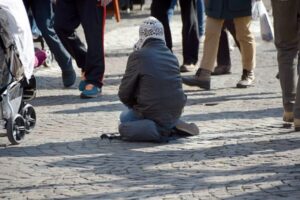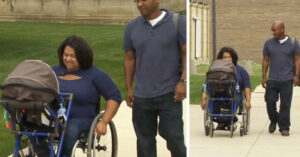While under stress, black college students who blamed themselves were also more likely to have had suicidal thoughts within the previous year. This is in contrast to people who used self-blame less frequently.
Yet, people who used their faith as a coping mechanism for stress were less likely to consider suicide.
These are only two of the major conclusions from a study on the mental health of Black pupils that I published in 2022. In order to do my study for my dissertation, I first analyzed survey data from 400 Black college students in the United States. The participants’ ages ranged from 18 to 35. This study’s main objective was to investigate the connection between depression and suicidal ideation, or thoughts.
While the suicide rate for White children aged 5 to 11 fell significantly between 1993 and 2012, from 1.14 to 0.77 per 1 million, the rate for Black children nearly doubled. More specifically, within the same time period, they increased from 1.36 to 2.54 per 1 million.
Also, a review of data from the Youth Risk Behavior Survey conducted by the Centers for Disease Control and Prevention revealed a 73% increase in suicide attempts among Black high school students between 1991 and 2017.
According to a more recent study, suicide fatalities among Black teens aged 15 to 17 rose by 4.9% between 2003 and 2017, rising by 6.6% for Black girls and 2.8% for Black males.Examples of self-blame as measured in this study include asking participants to respond to statements like “I have been blaming myself for things that happened” and “I have been criticizing myself.” Other statements, like “I have been trying to find comfort in my religion or spiritual beliefs” and “I’ve been praying or meditating,” were used to measure Black students’ personal engagement with faith, religion and spirituality. While the questions included in this survey offer some insight into connections among self-blame, faith and mental health, I still see a need to explore other aspects of religion that highlight the role that faith plays for young people and their overall well-being.





